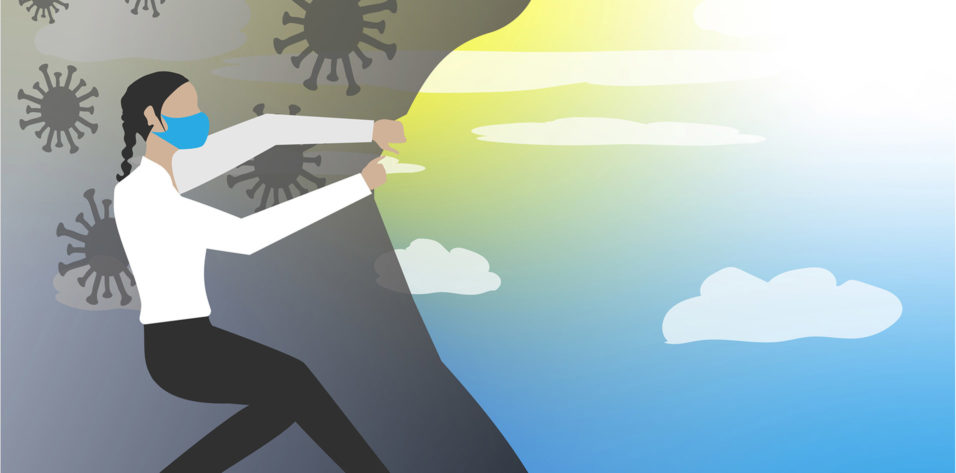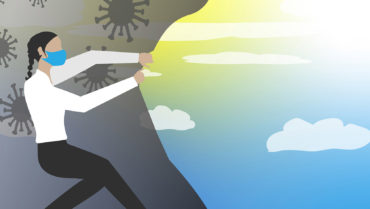
I began practicing ophthalmology in the early 2000s, shortly after the dawn of the new millennium. Since the beginning of my professional career, I anticipated that 2020 would be the Year of Eye Care. It excited me that 2020 would land in the prime of my career, a time that I envisioned would coincide with incredible new and refined technologies that would offer our patients a greater promise of visual freedom.
And so 2020 began as I had hoped, seemingly poised to deliver one of the most exciting years for eye care. In mid-March, everything changed almost overnight. The high hopes for eye care in 2020 are now overshadowed, in many of our minds, by the pandemic. In early 2021, we continue to navigate the wake of the SARS-CoV-2 virus, which has brought heartache, stress, and new struggles to all of us.
Early in the COVID-19 crisis, our organization made a tremendous effort to create a safe environment for the delivery of patient care. After spending weeks under mandatory lockdown, we emerged with new safety protocols that included masking, handwashing, room cleaning, protective barriers, and remote care. Our efforts were focused on protecting patients from health care workers and health care workers from patients. These efforts paid off, and across all of our locations we accomplished more than 140,000 patient interactions successfully with no reports of patient-to-staff transmission of infection.
We have maintained a high standard of protection between staff and patients at every stage of the pandemic, but we recently let down our guard with transmission of infection from provider to provider. Working side by side through the pandemic, our work families became as comfortable socializing and eating together as our home families. The time we spent together in the practice slowly increased. Our familiarity with each other, coupled with a resurgence in COVID-19 infections in our area, created a perfect environment for the virus to spread among coworkers in our practice.
The turn of the year is often our busiest time as patients rush to meet deductibles and beat the potential switch to new health care plans. Even in normal times, we need every provider and staff member to come to work each day, but the need increased dramatically this past year because of the added stresses of a pandemic. Under this pressure, we were reminded of the consequence associated with illness in the workplace, and that is the real possibility of spread to multiple health care workers on the team. Even when transmission does not occur, the potential need to quarantine individuals with a high risk of exposure can result in major staff shortages.
Our practice witnessed localized outbreaks within the workforce, and in response we reevaluated our protocols and implemented multiple new ones aimed at further mitigating staff-to-staff transmission. These include staggered break times, the installation of plastic screens and barriers in lunchrooms, minimized lunchroom capacity, and the encouragement to work from home for staff who can do so (eg, billing and call center employees). We are hopeful that these measures of safety within the workplace will help us transcend the apparent peak of the pandemic.
Thankfully, it seems that we are seeing the light at the end of the tunnel as the first vaccines were delivered in mid-December. I am hopeful that the recently developed vaccines will allow us as health care workers to deliver the best care to our patients. This, in combination with herd immunity from individuals who have recovered from infection, should allow us to push forward within a new normal. I am hopeful we will all emerge stronger with improved protocols that allow all of us to stay healthier through normal flu seasons.
The silver lining to this pandemic is that it has encouraged us to implement safer and more efficient ways of delivering eye care. We will continue to use telehealth platforms to add layers of safety and convenience, and we will continue to learn from each other with better delivery of peer-to-peer education through virtual meetings.
As a profession, we have become adept at pushing the limits of what’s achievable visually beyond 20/20. I am hopeful we will do the same in the years to come as we continue to push our profession to greater heights beyond 2020.




